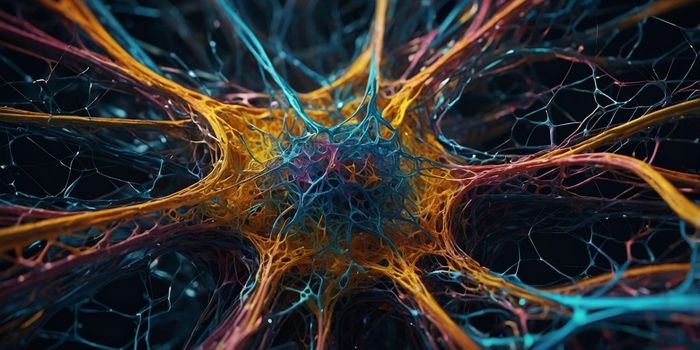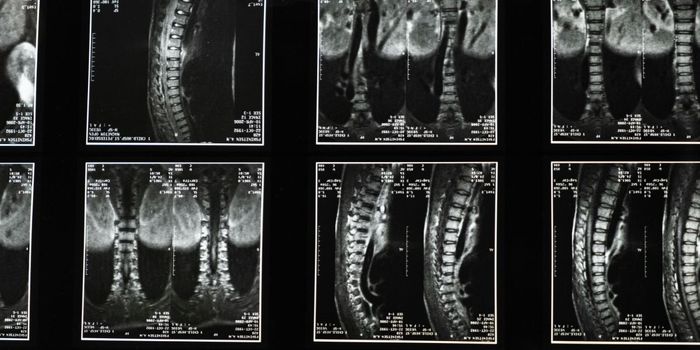Military Service Members Show Brain Changes Similar to CTE
Head injuries, including concussions, are a concern for athletes in contact sports. 96% of NFL players examined had brain damage from Chronic Traumatic Encephalopathy (CTE.)
Players in other sports are at risk as well. A new study from researchers at UCLA shows that head injuries in military service members cause brain changes to those in the brains of athletes who had repeated head trauma and CTE.
Typically, it's not possible to diagnose CTE in a living patient. Similar to Alzheimer's, CTE patients have a build-up of tau proteins in brain tissue. The study at UCLA looked at military personnel who had suffered a head injury and were still having symptoms of memory loss, mood changes, and cognitive decline. At UCLA they are testing a molecular tracer called FDDNP which binds to tau and beta-amyloid. It's injected intravenously, and when it attaches to the tangles of proteins, it shows up on imaging.
Previously, UCLA researchers used the tracer method to look at the brains of 15 former NFL players. When they compared those images to the images taken from autopsies that confirmed cases of CTE, the patterns of the distribution of the protein tangles were consistent with a CTE diagnosis. The goal of the study was to see if patients other than professional athletes had any signs of CTE after their injuries.
The study was quite small, including only seven service members (five were veterans, two were on active duty.) All of the participants had suffered a mild traumatic brain injury and still had memory loss or issues with mood, anger or anxiety. The team started with neuropsychiatric evaluations of the patients. Brain scans were performed after the tracer was injected and the images were compared with the scans of living football players from the previous study as well as those of two dozen Alzheimer's patients and 28 healthy control subjects.
There were similarities between the scans of the football players and the military members. The scans that showed protein distributions in Alzheimer's patients were not similar to those of the soldiers, so that validated the investigator's theory that the mood and memory disruptions were not standard dementia or Alzheimer's but rather a result of the traumatic brain injuries they experienced. Being able to see protein build-up in the brain is only half of the problem. The pattern of where the proteins attach to brain tissue is specific in patients with AD and CTE. Location matters in the diagnosis of Alzheimer's, CTE and other forms of dementia and brain injuries.
The team at UCLA hopes to conduct a more extensive study, with more military participants to further establish how protein tangles in the brain occur after traumatic head injuries like a concussion, blast wave impacts, and combat wounds. Check out the video below to learn more about the study and how could affect future research into CTE.
Sources: UCLA Journal of Alzheimer’s Disease









